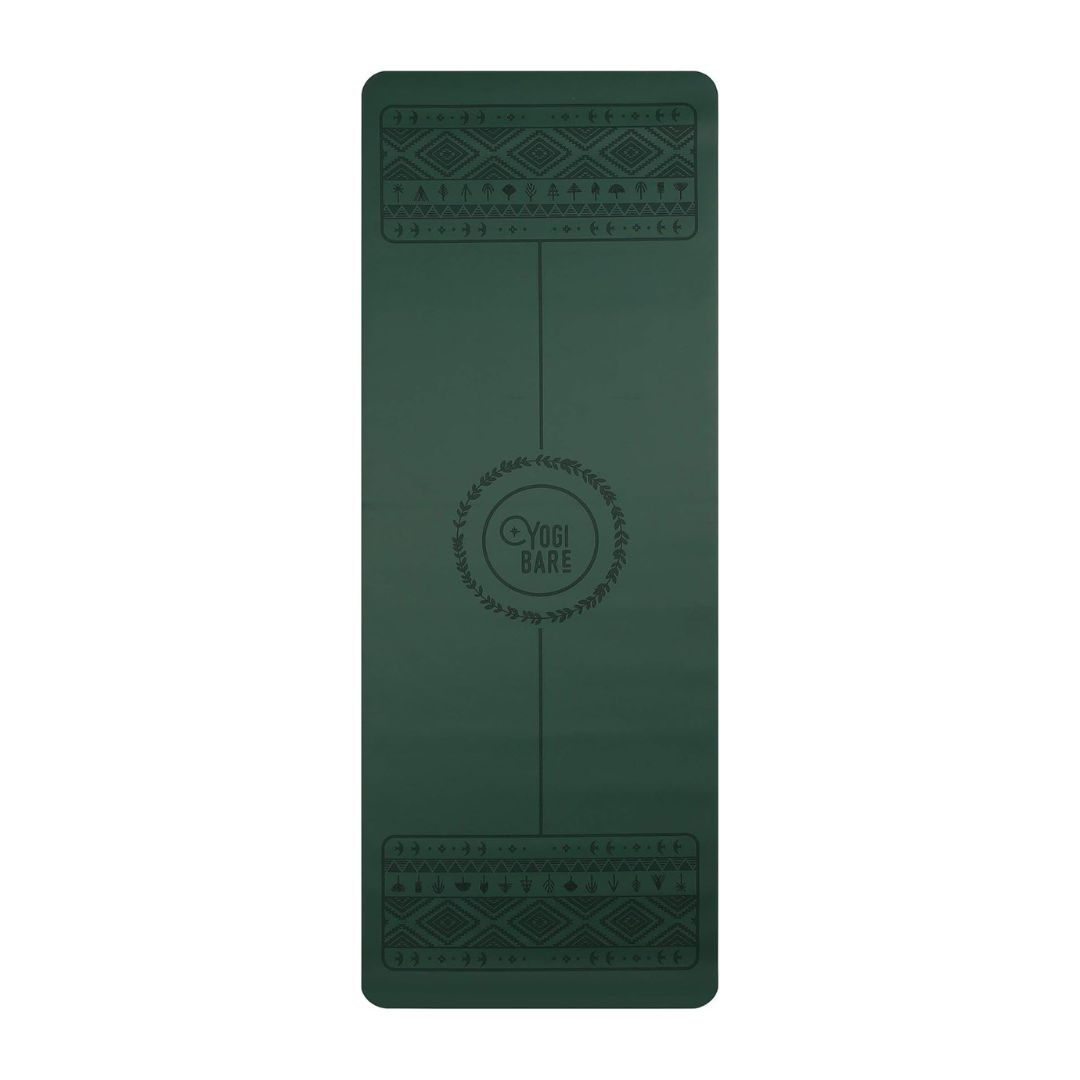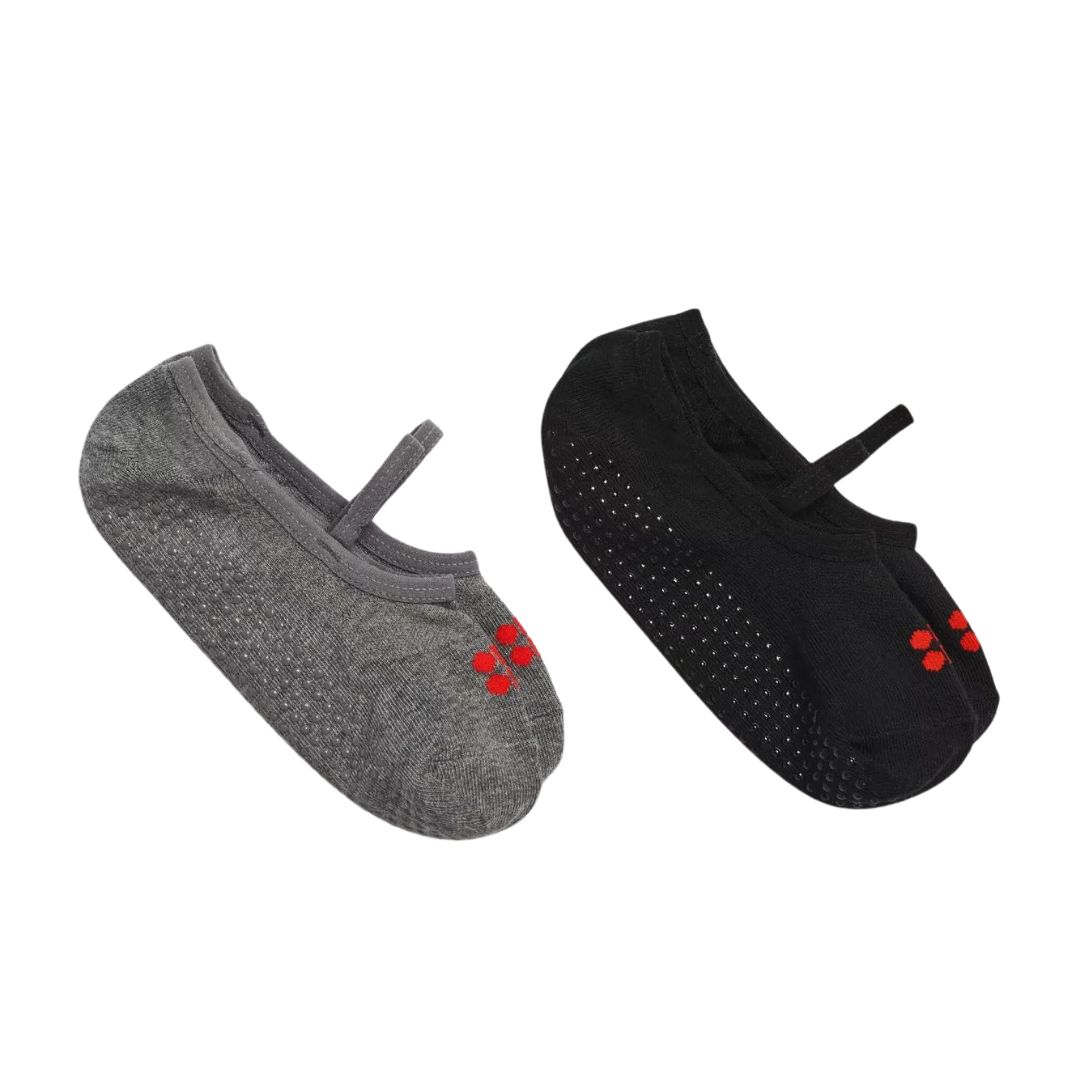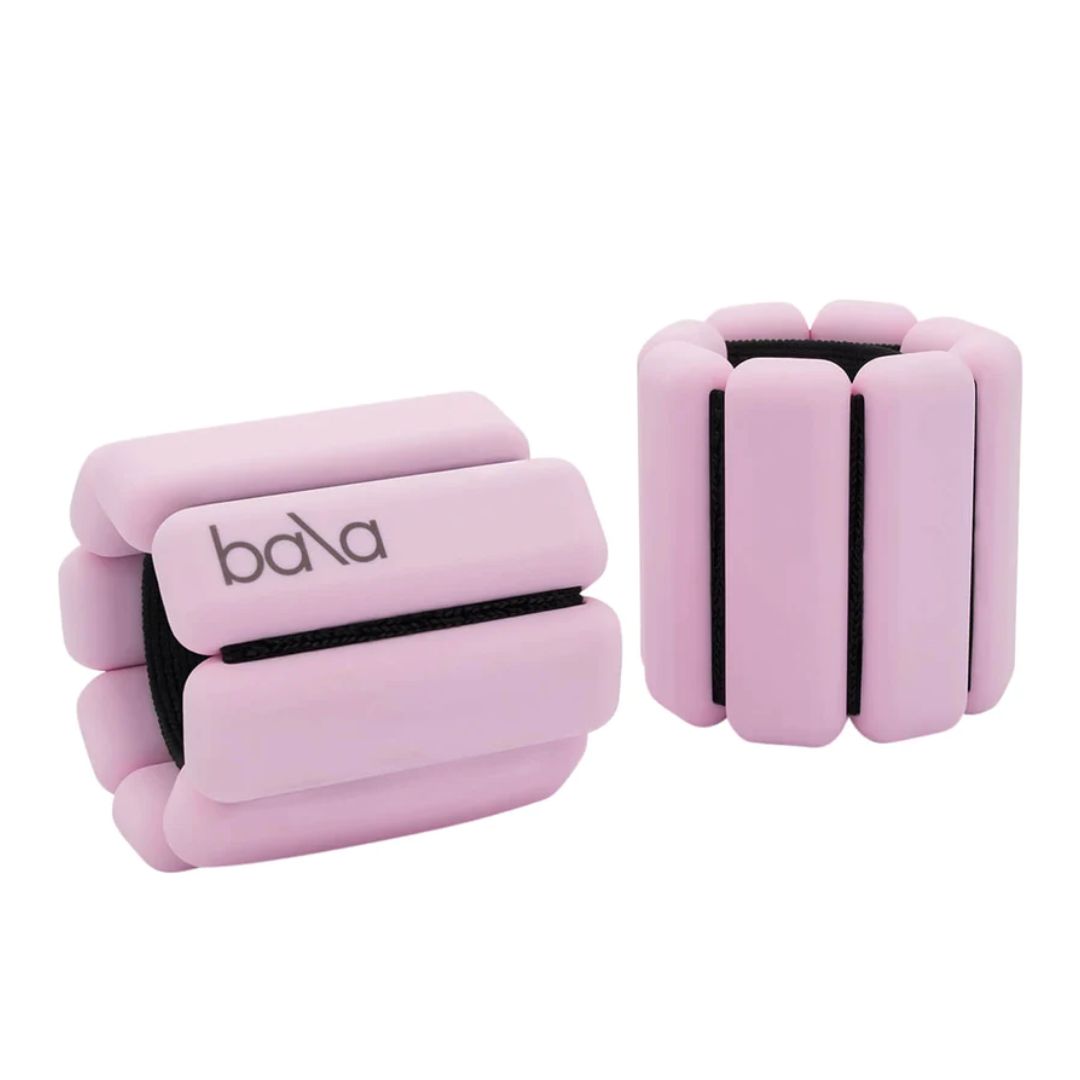Ever wondered? This is how Pilates promises to change your body, according to top pros
Low intensity workouts for the win.


Had there been a fitness equivalent of Spotify Wrapped summarising our most performed workouts of 2023, we’d bet our Stanley Quenchers that Pilates would be right up there for a good many Brits - a list of our most frequented studios scrollable alongside the total number of minutes spent pulsing various body parts throughout the year.
Influenced by the aesthetic Reformer studios and endless stream of trending workouts (currently wall Pilates, FYI), we’ve done thousands if not millions of Pilates workouts in the past few months – and we aren’t the only ones. Celebrities including Hailey Bieber and Harry Styles, are all aboard the bandwagon, too. So while it's evident we all know the exercise has its benefits, have you ever wondered what Pilates does for your body, really?
Generally speaking, Pilates is a heavyweight where health is concerned and there are too many benefits of Pilates to list. One study, published in the Muscle, Ligaments and Tendons Journal, suggests that low-impact exercises may facilitate benefits such as improved flexibility, abdominal and lumbo-pelvic stability, and muscular activity. Additional research indicates that it may also help to boost your mental health, too.
Keen to read more specifics about what Pilates does for your body? We asked top experts to elaborate below. Do give our guides to Pilates for beginners and the best 20 minute Pilates workouts and 30 minute Pilates workouts, while you're here.
What Pilates does for your body: top experts explain
What is Pilates?
A gentle-on-the-joints – but by no means easy – style of exercise, Pilates is a form of low-impact strength training that uses a combination of repetitive exercises to engage the muscles.
The two types of Pilates that you might be most familiar with are mat and Reformer, the latter of which utilises a bed-like piece of equipment for a different type of challenge.
What are the benefits of Pilates?
“Pilates is a precise and holistic practice, and the range of benefits both mental and physical, really are endless,” says Lotti Benardout, reformer Pilates instructor and founder of Studio Anatomy. “The method utilises slow, controlled movements that require a sense of awareness and engagement throughout the entire body, working both major and minor muscle groups.”
Celebrity news, beauty, fashion advice, and fascinating features, delivered straight to your inbox!
There’s a big emphasis on developing the core, known in the practice as your "powerhouse", but it’s not all about abs. “These muscles do so much for us, including supporting our spine, which impacts how we move through our everyday life,” Benardout says. “It’s amazing the effects building strength in our core can have on our posture and alleviating issues such as back pain.”
Other benefits, she says, include increasing flexibility and improving balance and coordination, both of which can help to prevent injuries. “The breath, and our mind-body connection, also play a central role in the practice,” Benardout says. “By slowing down our breath and bringing our attention into our body, it helps to calm the nervous system which can work to reduce anxiety and stress levels.”
Can you try Pilates at home?
What’s especially great about Pilates, is you don’t necessarily need to go to a studio to do it – you can practise in the comfort of your own home, if you want to.
“There are some brilliant online tutorials and platforms that can guide you through a home Pilates workout,” Benardout says. “I would recommend starting slowly and familiarising yourself with the Pilates principles and the fundamentals of the movement patterns, before jumping ahead into more advanced movements.”
Benardout emphasises the importance of prioritising form and quality over quantity when practising Pilates. “Focus on performing each exercise with proper alignment, rather than trying to do too many repetitions or rushing through the movements,” she says. “If the form or technique in an exercise is wrong, it can make a move feel too easy. It’s amazing how much impact the simplest adjustment can have in the body, really firing up the burn in all the little muscles you didn’t know you had.”
If you're new to Pilates or you're living with a condition that means you may require additional support when trying different types of movement, it's worth seeking out an instructor who can provide personalised guidance.
What Pilates does for your body: your guide
Joseph Pilates, creator of the Pilates method, famously said of the exercise: “In ten sessions, you’ll feel the difference. In 20 sessions, you’ll see the difference. In 30 sessions, you’ll have a whole new body’’.
While it may sound like a slogan crafted in a marketing department, it’s a sentiment that Ionie Brown, Pilates superfan-turned-reformer instructor, can attest to. “I am living proof that even if you struggle at the beginning and have zero strength or coordination, with a commitment to regular classes, you will improve and reap the physical and mental benefits of Pilates,” she says.
She recalls barely being able to hold a plank or manage a single push-up in her first class, and feeling shocked at how her body responded to the various exercises. “I was noticing every little muscle literally burning when we were isolating muscle groups and working on precise movements, testing my balance and stability,” she says. “I wanted to keep going back to get stronger, push myself and see results. There is no better feeling than when you’re confidently able to do an exercise on the reformer that you couldn’t physically do a few months before.”
Benardout warns that milestones within the practice look different for everybody, and that there are multiple other factors that can play a role in creating change. “That being said, there are a few things that we generally notice in our clients over time,” she says.
After practising for 1 month…
According to Benardout, the first month is all about learning – and honing – the basics.
“Understanding the six Pilates principles is essential for the foundation of your practice,” she says. “We try to educate our clients on breath, control, precision, concentration, centre, and flow. Once your body becomes aware of these principles, and how to apply them, it brings a whole new level of consciousness to how and why we move our bodies on the mat or reformer.”
People who practise consistently for a month, she says, are likely to see noticeable improvements in their muscle awareness, strength, balance and flexibility. They may also experience positive changes to their mood.
This aligns with Brown’s experience. After only a few weeks of regular classes, she started to notice that she felt cheerier post-class. “I started getting that ‘exercise high’ that people talk about, always leaving a class feeling happier than when I had arrived,” she says.
After practising for 3 months…
Around the three-month mark, Benardout starts to see clients harnessing their new sense of muscle awareness and using it as motivation to improve their technique.
“Technique is so important in Pilates to make sure you’re getting the most out of each exercise, and to avoid injury,” she says. “If you continue practising for three months, you’ll start to notice pronounced changes in your body, including muscle endurance and power. Clients really start to notice improvements in their muscle definition, posture, balance, length, and lightness in the body both on and off the mat or reformer.”
This describes Brown’s experience to a tee. “After about six-eight weeks, not only did I feel stronger in my day-to-day life, I was suddenly more aware of my posture too,” she says. “I was thinking about if I was sitting properly at my desk or if my shoulders were pulled back and down when I was driving. I’d wait in line at the post office and remember not to slouch and to pull my belly button in,” she recalls.
After practising for 6 months…
“The magic is well underway now,” says Benardout. “It’s so gratifying as a teacher to see your students move their bodies in a way that looks and feels powerful and intuitive.”
After six months of consistent practice, she says you’re likely to notice profound changes in your body, especially in your core or ‘powerhouse’, as it’s otherwise known. You may have more muscle mass and increased range of motion in your joints (though, there are additional factors that influence these things too).
“You’re also likely to experience an improvement in your general athletic performance, as well as increased levels of energy throughout your day,” says Benardout. “At six months, you’re also really learning how to nurture a deeper mind-body connection and are less prone to injury.”
It was roughly this far into her Pilates journey that Brown recognised how much her core strength had developed as a result of consistent practise. “After a few months, I could hold a plank for 60 seconds without dropping to my knees, and I could work a series of abdominal exercises without stopping before everyone else,” she says.
A post shared by S T U D I O A N A T O M Y (@studioanatomy_)
A photo posted by on
After practising for 12 months…
“Twelve months of consistent work is a huge achievement, and you’ll notice a sizable shift in your body and mindset,” Benardout says. “This is when we really see people take their practice to the next level.”
As for Brown, a year's worth of Pilates sessions has helped her make lifestyle shifts and improve her overall health for the long term. “Pilates has a huge focus on using breath to help with the movement. I have asthma, and another benefit I found was that it not only didn’t flare up in the classes (whereas in a HIIT class or while running I would noticeably struggle), but it actually improved day-to-day to the point that I’m now rarely affected by it,” she says. Of course, everybody’s different, and it’s important to seek medical advice when managing conditions and introducing new styles of exercise into your routine.
That said, 12 months of consistently practising Pilates for a year will likely result in increased strength, stamina and confidence, Benardout says, but that’s not all. “A heightened sense of awareness and empowerment is something we see our clients harness in all aspects of their life, and witnessing that is one of the greatest joys of being a teacher. There really is no end to where you can take your practice from here.”
Now, question: will you be giving it a go?
Shop MC UK's go-to Pilates kit now:

One of the best yoga mats out there, Health Editor Ally Head has long been a fan of Yogi Bare mats. They're sustainably produced, made from natural materials and free from animal testing, too.
How long does it take to see results from Pilates?
While this will of course depend on the type of Pilates you're doing, how long you're doing it for, and how often you're doing it, if you stick to consistent workouts (aim for three or so a week), you should start to feel and look different within a month or so.
For the best results, stick to it for three to six months. Lotti Benardout, reformer Pilates instructor and founder of Studio Anatomy, shares that this is where the magic really happens.

Abbi Henderson is a freelance journalist and social media editor who covers health, fitness, women’s sport and lifestyle for titles including Women's Health and Stylist, among others.
With a desire to help make healthcare, exercise and sport more accessible to women, she writes about everything from the realities of seeking medical support as a woman to those of being a female athlete fighting for equality.
When she’s not working, she’s drinking tea, going on seaside walks, lifting weights, watching football, and probably cooking something pasta-based.

